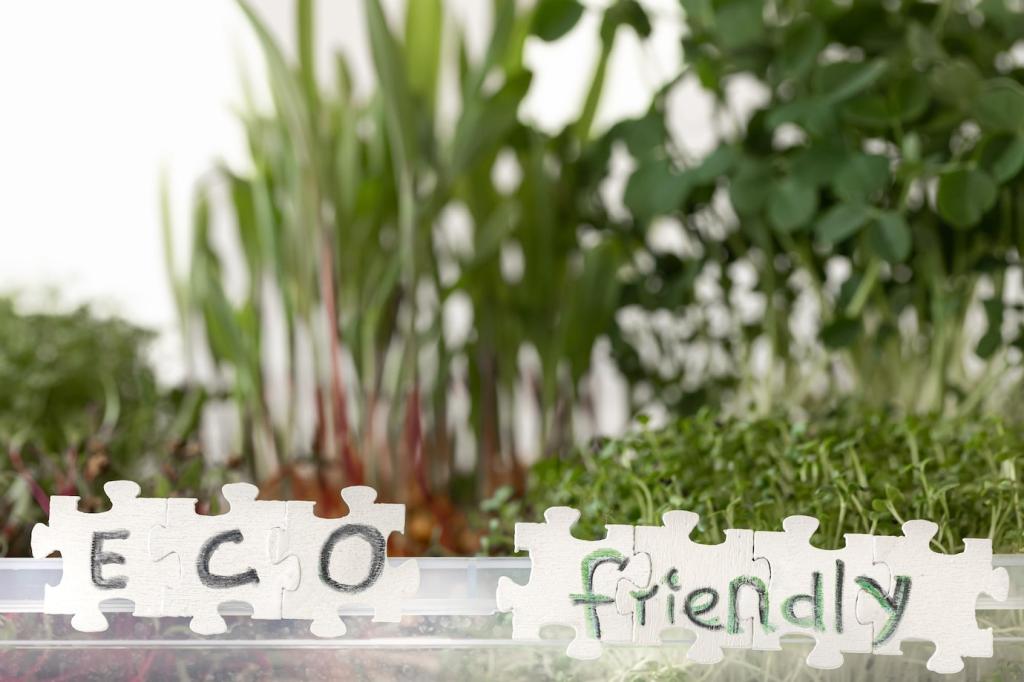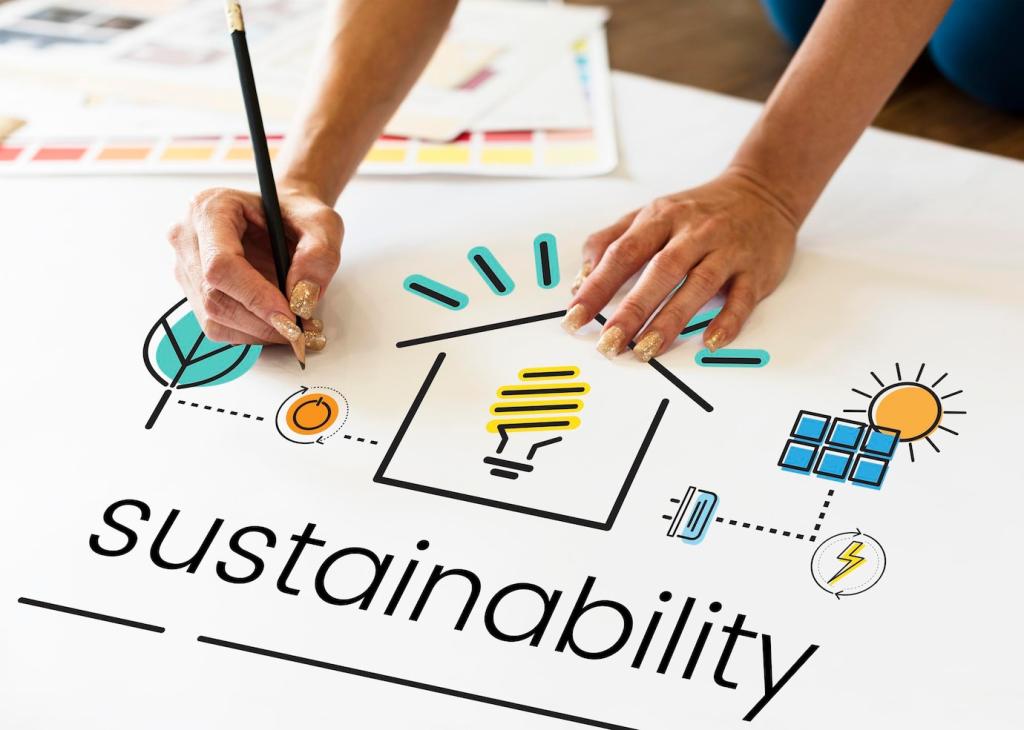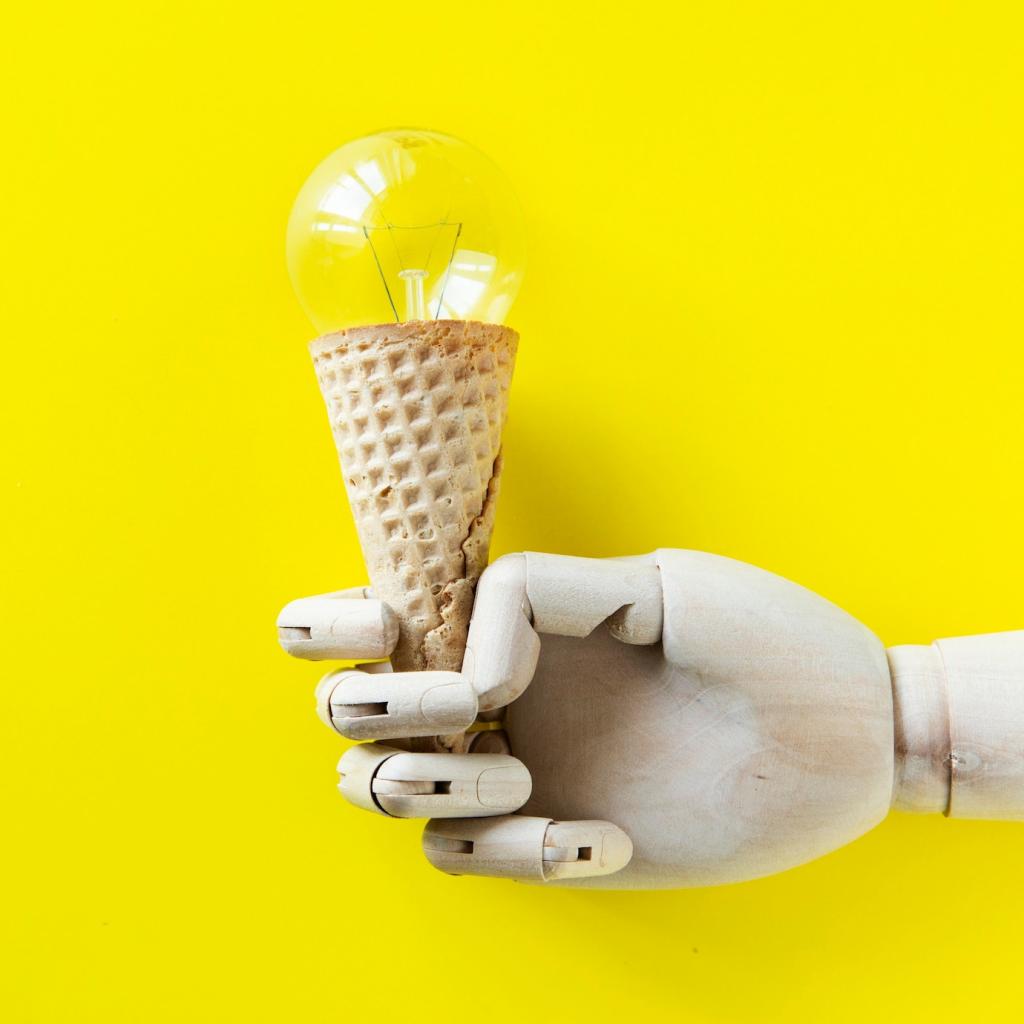DIY Techniques You Can Start Today
A handsaw, drill-driver, square, clamps, and sanding blocks can accomplish surprising feats. Add a mask and eye protection, then practice on scrap. Straight cuts, careful pre-drilling, and patient sanding elevate ordinary builds into enduring pieces.
DIY Techniques You Can Start Today
Use wood dowels, mortise-and-tenon joints, or reclaimed brackets to reduce new hardware use. Dry-fit first, glue carefully, and clamp until set. Strong joinery lets materials shine and preserves that minimalist, low-impact footprint you aim to maintain.




